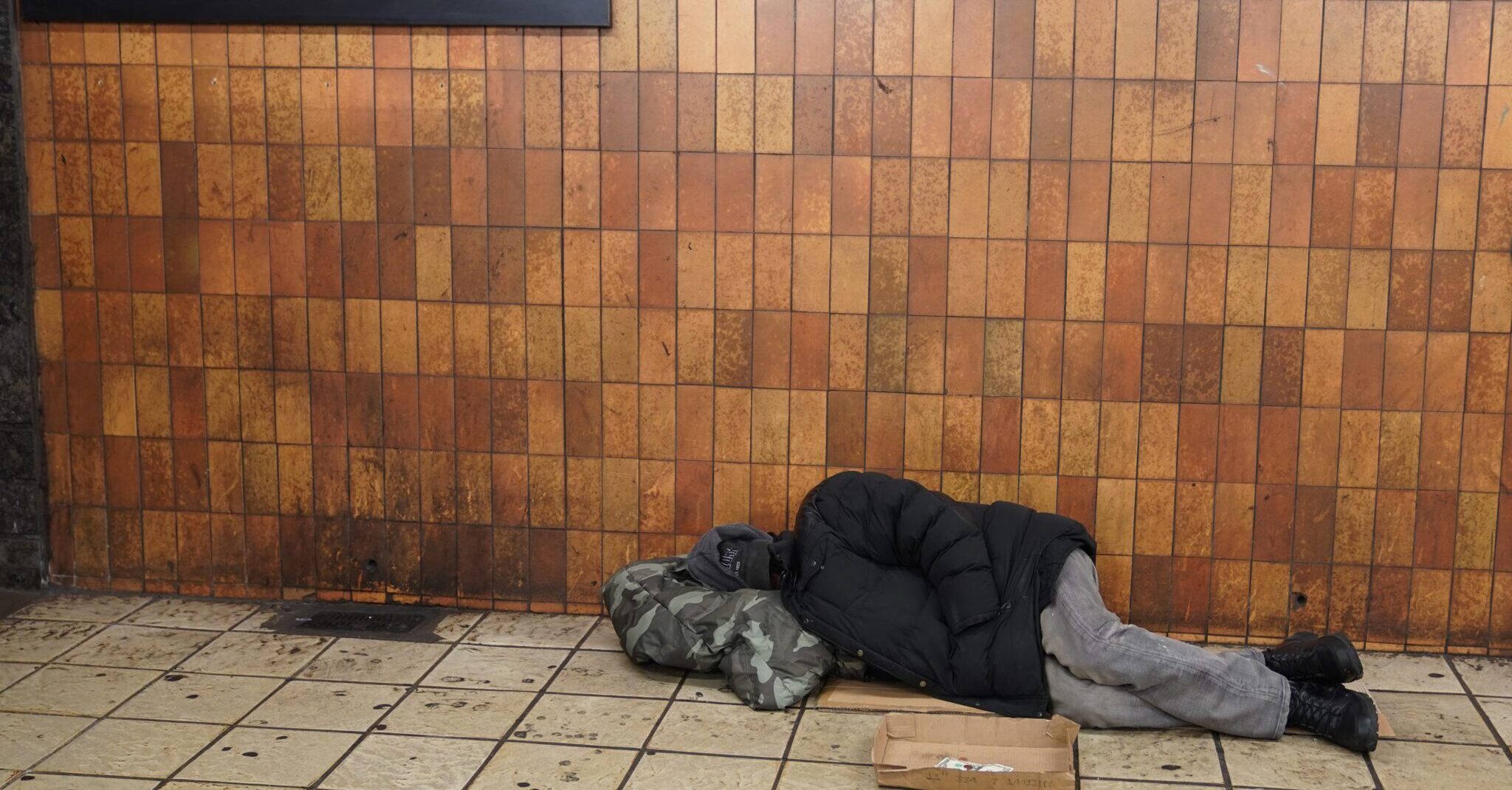


New York Times columnist Jamelle Bouie says conservative media presents the homeless as being "inherently unstable, violent and dangerous." In fact, he writes,
Yes, homeless people have committed acts of violence. But the facts are clear: The homeless, including people with mental illnesses, are far more likely to be victims of violence and abuse than perpetrators.
No one is saying, or at least I'm not, that homeless people are "inherently" violent. The argument is that homeless people, and especially homeless people with mental illness, are proportionately more violent than people who aren't. That homeless people and people with mental illness are "more likely to be victims of violence and abuse than perpetrators" is tragic, but it is a non sequitur.
It is not easy, as you probably guessed, to find the data on violent crime rates among the homeless. When you look for it, you are presented with report after report reminding you that the homeless are more likely to be victims of violent crime than perpetrators, which, again, does not answer the question.
There are some older studies and newer municipal data that suggest that the homeless, while often victims of circumstance, mental illness, or otherwise, are much more likely to commit violent crimes than those who aren't homeless. In Los Angeles, for example, there were 28,882 violent crimes reported in 2020. The homeless make up about 1 percent of the city's population, but according to the LAPD, were responsible for 9,176 violent crimes—about 31 percent of the total violent crimes reported. And in other cities, we've seen that mental illness exacerbates the disparity in violent crime between the homeless and the domiciled. A 1995 study of people in Manhattan's criminal and forensic psychiatric systems found that mentally ill defendants "had 40 times the rate of homelessness found in the general population, and 21 times the rate in the population of mentally ill persons in the city," while the homeless group's violent crime rate was forty times higher than among the non-homeless mentally ill population.
People really should want to improve the lot of the homeless, but to do so, they have to be honest about the problem.
